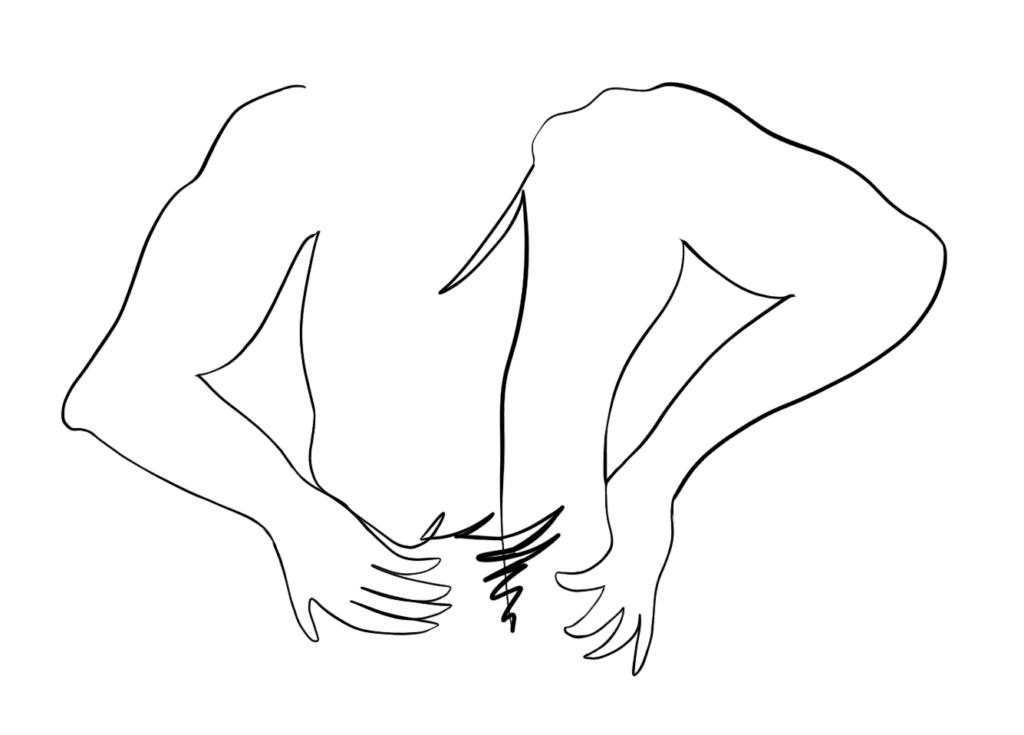rTMS for Chronic Pain

Chronic pain causes significant disability and loss of quality of life. Up to 27% of people struggle with chronic pain (1). Unfortunately, medications may not always be effective, and sometimes the side effects are unbearable.
A trial of rTMS for chronic pain can involve short daily appointments for 2-3 weeks. If the treatment is effective, your doctor may recommend less frequent maintenance treatments.
In affiliation with Precision Pain Centre. precisionpain.ca
Chronic pain often results in over-sensitization of the central nervous system. This usually occurs with damage to the brain or spinal cord. Over-sensitization can play a crucial role in fibromyalgia, trigeminal neuralgia, orofacial pain syndromes, central pain syndromes, and pain after a stroke. However, it may also occur in other chronic pain conditions, such as chronic lower back pain and migraines.
Standard therapies for chronic pain include medications, psychological interventions, physical rehabilitation, medical devices or interventional pain procedures, and more.
A recent review paper suggests that rTMS can help patients with chronic pain when there is over-sensitization of the central nervous system (2).
Repetitive transcranial magnetic stimulation (rTMS) is a non-invasive, highly effective treatment that uses electromagnetic impulses that pass easily through the skull to stimulate abnormal brain activity without any systematic side effects or downtime.
- Goudra, B., Shah, D., Balu, G., Gouda, G., Balu, A., Borle, A., & Singh, P. M. (2017). Repetitive transcranial magnetic stimulation in chronic pain: a meta-analysis. Anesthesia, essays and researches, 11(3), 751.
- Yang, S., & Chang, M. C. (2020). Effect of repetitive transcranial magnetic stimulation on pain management: a systematic narrative review. Frontiers in neurology, 11, 114.

